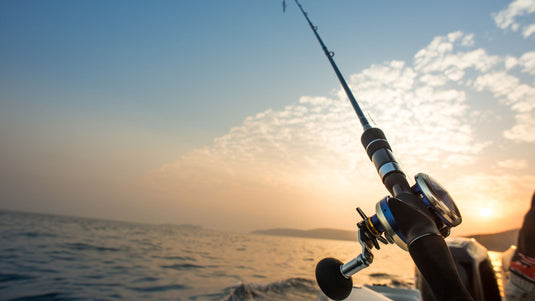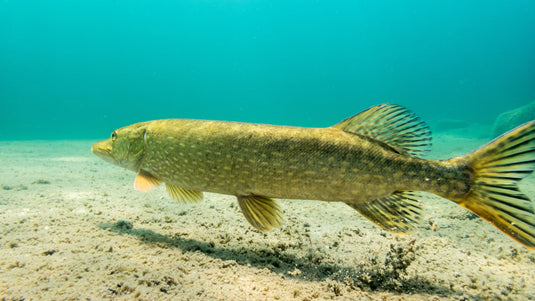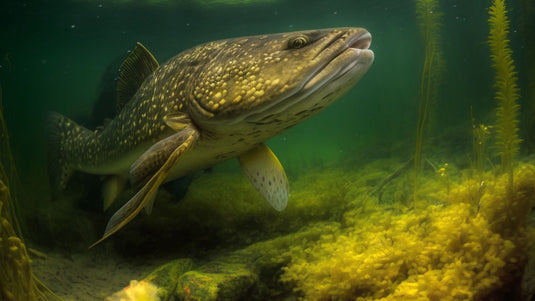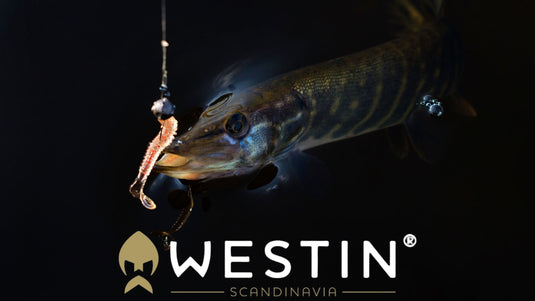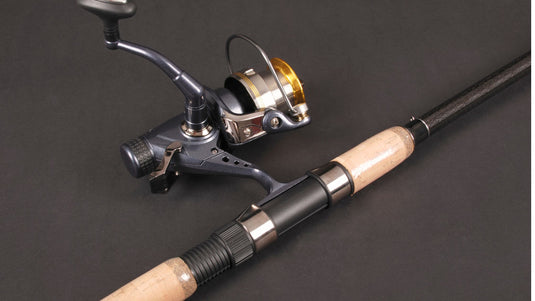Understanding the Lateral Lines of Fish and How it Can Help Anglers
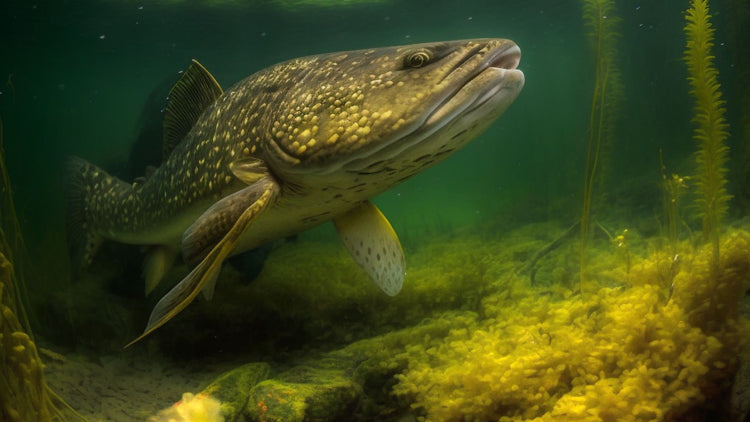
Lateral Lines of Fish and How it Can Help Anglers
The world beneath the surface of water is a sensory wonderland, and fish have evolved fascinating tools to navigate their environment. One of the most intriguing adaptations is the lateral line system—a sensory organ that runs along the sides of many fish species. For anglers, understanding the function of this lateral line can unlock new strategies and insights for successful fishing.
What is the Lateral Line?
The lateral line is a line of sensory organs located on the flanks of fish, usually running from the head down to the tail. This system is made up of neuromasts, tiny hair cells sensitive to vibrations, pressure changes, and movements in the water. Fish use this to detect prey, predators, and obstacles in their environment. Essentially, the lateral line is their way of “feeling” the water and sensing what's around them without needing to see it.
In some species, this sensory system is incredibly refined, allowing fish to sense even the faintest disturbances in the water. It gives fish an acute awareness of changes in their environment and can help them detect food sources or evade potential threats.
How Do Fish Use the Lateral Line?
Fish rely on their lateral line for various survival functions:
-
Detecting Prey: Fish can sense minute vibrations and movements made by other animals in the water, even in murky or dark conditions where visibility is low. For instance, a struggling baitfish creates specific pressure waves, and predatory fish can detect this through their lateral line.
-
Avoiding Predators: The lateral line helps fish quickly respond to potential dangers by sensing water displacement caused by larger predators. This helps them escape predators before they come into visual range.
-
Navigating Currents and Obstacles: Schooling fish, like sardines or mackerel, use their lateral lines to stay in sync with the movements of their group. It helps them avoid bumping into each other and navigate strong currents by detecting shifts in water flow.
Why Should Anglers Care About the Lateral Line?
For anglers, understanding how fish use their lateral lines opens up a wealth of opportunities to improve fishing techniques. Here’s how you can use this knowledge to your advantage:
-
Use Vibrant and Distinctive Lures: Knowing that fish detect vibrations and pressure changes through their lateral lines, you can choose lures or baits that create movement patterns mimicking live prey. Lures that produce low-frequency vibrations, like crankbaits or spinnerbaits, are especially effective. These lures send out pressure waves that can trigger the predatory instincts of fish even when visibility is poor.
-
Target Murky or Dark Waters: Fish rely heavily on their lateral lines when vision is limited, such as in turbid waters or during dawn and dusk. Anglers fishing in these conditions should focus on making sure their lures or bait create detectable vibrations. Use noisy lures, rattling baits, or those that displace a lot of water to get fish to notice your presence.
-
Work Around Structure and Cover: Fish often hang around structures like submerged trees, rock piles, or weed beds, using these areas to ambush prey. Anglers targeting fish in such environments can exploit the lateral line's sensitivity by using lures that create subtle vibrations that won’t necessarily spook the fish. Quiet, steady movement through the water, combined with the right kind of lure, can often draw fish out from cover.
-
Adjust Retrieval Speed: Depending on the type of fish you're targeting, adjusting the speed and rhythm of your lure retrieval can trigger a predatory response via the lateral line. Some species react to rapid, erratic movements, while others may respond better to slow, steady vibrations that mimic a weak or injured fish.
-
Understand Fish Behavior in Schools: Schooling fish use their lateral lines to detect each other’s movement, making them hyper-aware of changes in their environment. Anglers can take advantage of this by targeting the edge of fish schools with the right lure presentation, as disruptions in the water may prompt fish to strike out of confusion or reflex.
Final Thoughts
The lateral line system gives fish an incredible edge in their aquatic world, helping them sense everything from prey to predators. For anglers, tapping into this knowledge can elevate fishing tactics significantly. Whether it's choosing the right lure, adapting your fishing strategy in murky waters, or targeting fish near structures, understanding how fish perceive their environment through the lateral line will lead to more productive fishing trips.
So, the next time you’re on the water, remember: it’s not just what fish see—it’s what they feel that counts.






